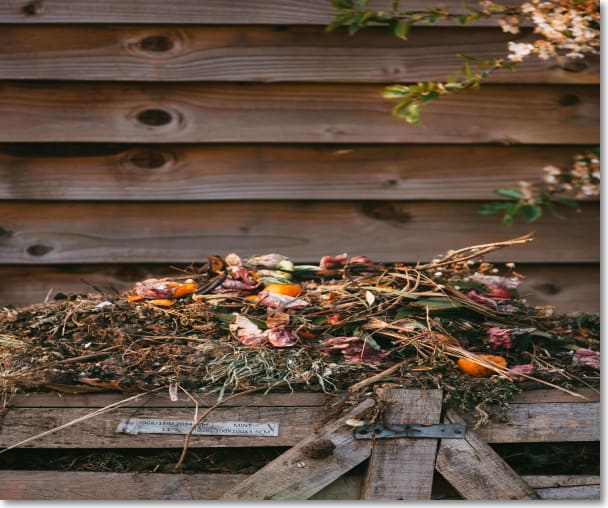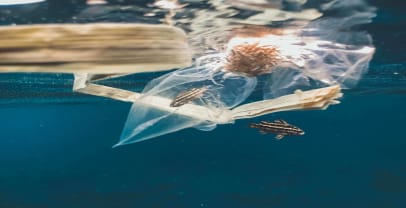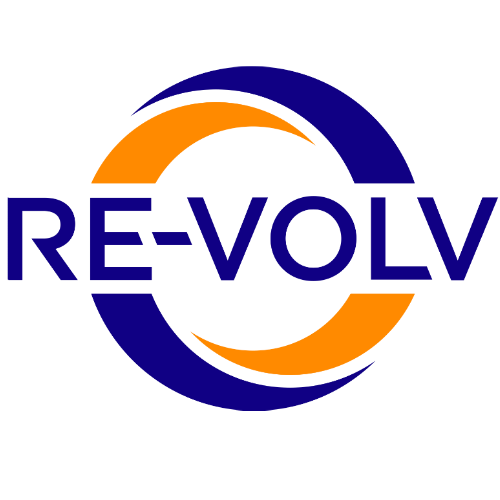Teaching Young Learners about Food Waste and Composting
Climate change impacts so many aspects of our lives, from weather patterns, to food, water, waste, resource use, etc., which is why it is so important for young learners in elementary school to learn about climate change from an early age. When students are able to learn the science behind climate change, understand how humans are negatively impacting our climate, and then discover and brainstorm ways that they can take action and make an impact, this can empower students. Teaching students about climate change can also empower students to bring these conversations home with them and help start the conversation about taking steps to reduce waste, electricity usage, or use of fossil fuels at home.
Teaching students about climate change is important, but can be difficult because it is not specifically required to be taught within most grades as a part of the Next Generation Science Standards. With the large number of standards required for each subject, it is difficult for teachers to have the time to teach beyond the standards. That’s why we put together the Sustainability for Young Learners Courses, which provides sustainability-themed unit plans for second through fifth grade classrooms that teach sustainability themes in conjunction with the required standards.

About the Climate Change Lesson
In fifth grade, there are two standards that align with teaching about climate change, in the standard, “Human Impacts on Earth Systems.” The fifth grade unit plan is titled Climate Change - Reducing Food Waste and Composting as a Solution. Through this lesson, students will gain a broad understanding of climate change including learning that humans are impacting the climate and some of the causes of this. They will learn key terms connected to climate change including the greenhouse effect and greenhouse gas emissions. Students will also learn about fossil fuels, renewable and nonrenewable energy, carbon dioxide, deforestation, and pollution.
Climate Change Unit Preview

The unit plan features five, 45-minute lessons that engage multiple types of learners. The first lesson introduces students to climate change via a vocabulary primer, a few short videos and a handout. In the second lesson, students are able to practice their research skills and conduct research about climate change, its impacts, and then report out to the class about what they learned.
In this unit, students will learn about environmental problems and how these problems are impacting our world. Students will focus on problems related to food waste and sending food to the landfill and then will learn about backyard and industrial composting. After taking a look at climate change at a macro level, students then focus on one problem, which is food waste. Students learn about where food comes from and how it is grown, learn about the problems with food waste, and then learn about composting as a solution. If your school has a composting system, this is a great way to teach students how to compost, how composting works, and the benefits of composting.
To finish off the unit, students will engage in an activity where they will write a Letter to the Editor of their local newspaper. This is a great way for students to gain experience writing a Letter to the Editor and they can possibly see their work published within the local newspaper. In the letter, students will write about how they learned that human activities are changing our climate and will offer different ways that we can help reduce our impact on the environment.
The fifth grade unit plan and accompanying PowerPoint can be downloaded for free through the links below.
Standards the Sustainability Lessons Follow
The fifth grade Sustainability for Young Learners courses, titled Climate Change - Reducing Food Waste and Composting as a Solution, covers two fifth grade Next Generation Science Standards that focus on teaching about how humans are impacting Earth’s systems. The two standards that this unit plan covers includes:
“5-ESS3-1 Obtain and combine information about ways individual communities use science ideas to protect the Earth’s resources and environment.”
“5-ESS3-1 Human Impacts on Earth Systems: Human activities in agriculture, industry, and everyday life have had major effects on the land, vegetation, streams, ocean, air, and even outer space. But individuals and communities are doing things to help protect Earth’s resources and environments.”
Applying the Lesson Outside the Classroom
Although this lesson was designed for fifth graders to fulfill the fifth grade Next Generation Science Standards, this lesson can be applied to other elementary school grade levels. For sixth grade this lesson could be expanded upon and students could extend the research lesson to spend more time conducting research on a specific climate problem and various solutions, then work in groups to create a presentation about their findings. For third and fourth grade, the Letter to the Editor section could be removed and that could be replaced with another type of writing assignment in line with the grade level.
Additional Sustainability-Themed Educational Resources
The Sustainability for Young Learners Courses were created for second through fifth graders and focus on meeting at least one of the required Next Generation Science Standards while making connections to other Science, Math, and Language Arts standards required within that grade level. Although each grade level’s lesson plans were designed with that grade’s required standard in mind, all the lessons can be modified for different elementary grades.
The second grade unit covers issues with melting ice caps in the unit plan titled, Our Melting Oceans: Solid and Liquid Water. In third grade, the unit covers the issues with ocean plastic, in the unit titled, Ocean Plastic: The Problem and the Solution. For a unit plan on how to teach young learners about renewable energy, see our fourth grade unit plan titled Renewable & Nonrenewable Energy Sources & their Impacts.
Interested in solarizing a nonprofit?
Get a free quote or learn more
Donate
About RE-volv
We believe that everyone should have the ability to support and spread clean energy. So we created a new way for people to take action. It's a pretty simple idea. Through an innovative solar financing model, these nonprofits immediately save on their electricity costs. As these organizations pay us back, we reinvest the money into more solar projects in communities across the country. This creates a revolving fund for solar energy that continually perpetuates itself building more and more solar. It's a pay-it-forward model for solar energy. We call it the Solar Seed Fund. Spread clean energy and make a tax-deductible donation to the Solar Seed Fund.




